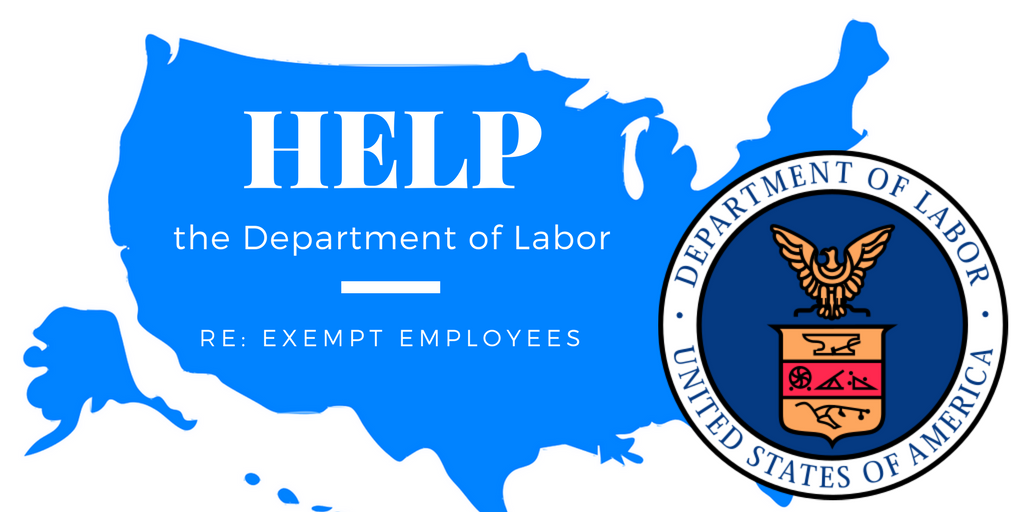On July 16, 2020, the U.S. Department of Labor’s Wage and Hour Division (WHD) released revised Family and Medical Leave Act (FMLA) optional-use forms. Unlike the last revisions, there are tangible changes this time. Employers may begin using the new FMLA forms now.
Streamlined Forms
The DOL emphasized that the new forms are more streamlined and user-friendly:
“WHD’s new forms are simpler and easier for employees, employers, leave administrators and healthcare providers to understand and use. Revised with substantial public input, the forms include more questions that users can answer by checking a response box and electronic signature features to reduce contact. WHD believes the changes will reduce the time users spend providing information, improve communications between leave applicants and administrators and reduce the likelihood of violations.”
The following new FMLA forms are available through the DOL’s website:
- WH-381: Eligibility Notice – This notice is used to inform an employee of their eligibility for FMLA leave or advise the employee of at least one reason why they are not eligible.
- WH- 381: Notice of Eligibility & Rights and Responsibilities – This form advises an employee of their eligibility for FMLA leave or why they are not eligible. It also informs the employee of specific expectations and obligations associated with the leave request and the consequences of not meeting those obligations.
- WH-382: Designation Notice – The form notifies the employee of the status of their FMLA leave request. It allows the employer to request additional information to process the application.
- Certification of Healthcare Provider for a Serious Health Condition
- Certification of Military Family Leave
- WH-384: Qualifying Exigency – Use this form when a leave request is related to the deployment of the employee’s spouse, son, daughter, or parent.
- WH-385: Military Caregiver Leave of a Current Servicemember – Use this form when an employee is requesting leave to care for a family member who is a current service member with a serious injury or illness.
- WH-385-V: Military Caregiver Leave of a Veteran – Use this form when an employee is requesting leave to care for a family member who is a covered veteran with a serious injury or illness.
Rationale Behind New FMLA Forms
The DOL provides these forms for optional use by employers. Though alternative forms may be used, employers must meet minimum legal notice requirements. The DOL forms are presumptively valid if employers use them properly. The new electronically fillable PDF forms are designed to accomplish these objectives:
- Further streamline the FMLA leave request, approval, and implementation process by making the forms more user-friendly.
- Reduce the amount of time required to complete the forms.
- Reduce the number of errors and violations associated with the request process.
- Improve communications between the employee and employer.
- Address some of the questions and concerns raised during the 60-day public comment period following the DOL’s release of draft forms in October 2019.
The DOL also added a Q&A section related to the new forms. Here, the DOL reiterates that employers are not required to use the new forms. But the documents they use must contain the same basic notification information and require the employee or healthcare provider to disclose only the information necessary to process the request. Thus, the DOL generally recommends that employers (and employees) use the new forms.
Look for More DOL Developments on FMLA
On July 17, 2020, the DOL published a Request for Information (RFI) seeking public comments on the effectiveness of the current FMLA regulations. This action indicates that the DOL is contemplating additional regulatory changes to the FMLA leave request process. The RFI includes examples of possible FMLA topics public comment. But it also permits comment on any other FMLA topic. Interested parties can submit comments by mail or electronically through September 15, 2020.
Employers should use this update as an impetus to review their current FMLA policies and procedures for compliance.


